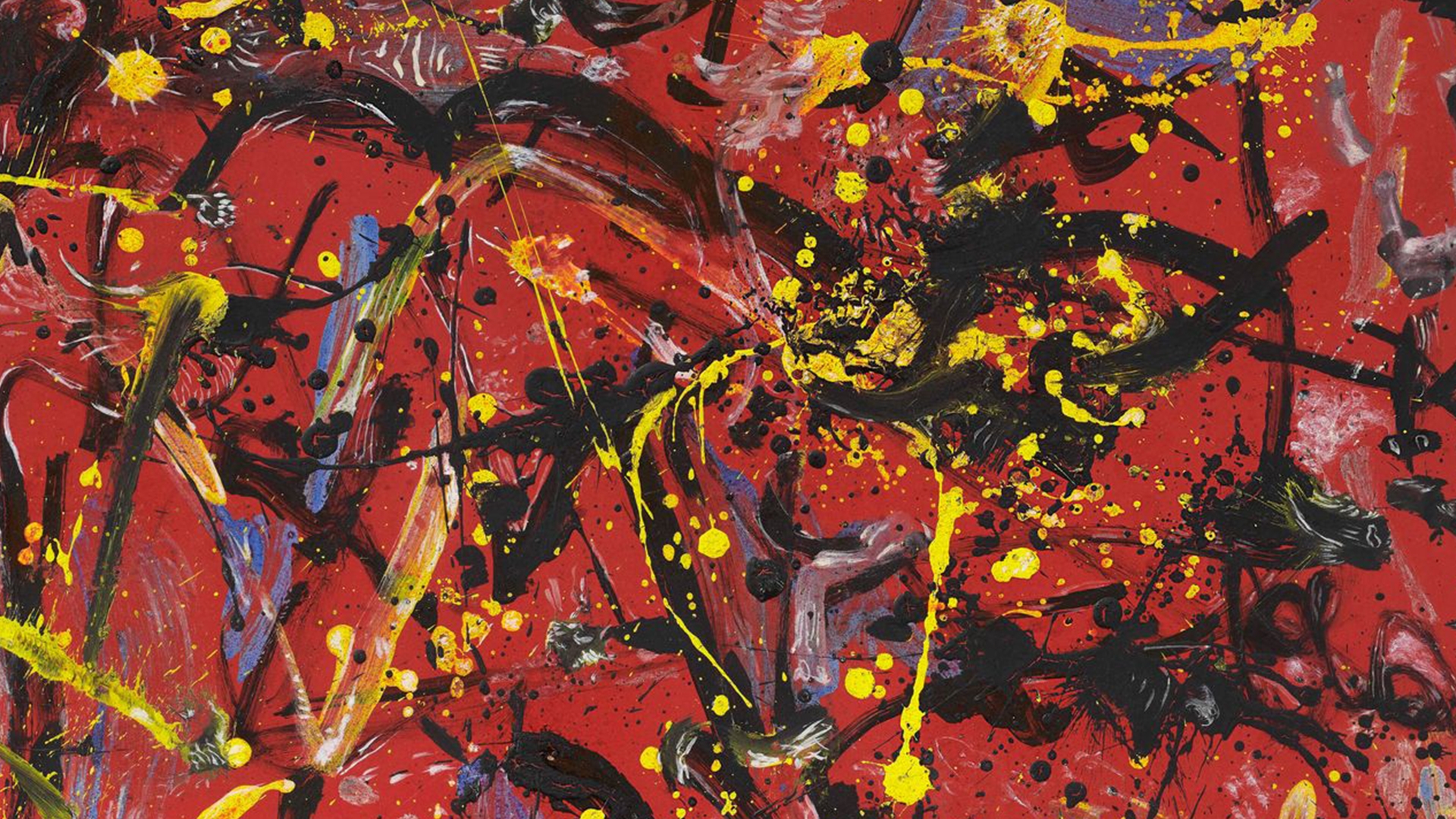As Museums Push to Sell Art, Competing Ideas About Deaccessioning Are Playing Out in Public
Article Excerpt:
About four hours Upstate, in Syracuse, New York, the Everson Museum’s chair, an art adviser named Jessica Arb Danial, echoed that sentiment. “I just don’t know
“We don’t have a huge collecting base here, nor do we have billionaire trustees on our board,” Everson director Elizabeth Dunbar said. When Dunbar joined the museum in 2014, she began deaccessioning work deemed superfluous, like that monkey head, to add art by women and artists of color. But her resources were limited—the Everson’s acquisitions endowment provided only about $30,000 annually—and she wanted to do more while guaranteeing conservation work.
When the AAMD put a moratorium on its sanctions in April, Danial said, “We thought, well, wow, this is actually something we never thought would happen. Maybe we can look into this.
Their focus turned to Jackson Pollock’s Red Composition (1946), the second drip painting he ever made. Danial had heard that, during a period of financial turmoil, a trustee had once “kind of flippantly said, ‘You know, you should sell that Jackson Pollock.’ ” A recent capital campaign had lined up $17 million, but much of it would not reach the museum until patrons died. Here was a work that could make a comparable difference. The board voted to sell. In September, the Everson sent the small Pollock to Christie’s. It was a tough decision, Danial said, but she saw it as “a pawn in a game of moving our business forward.”
The backlash was swift. In his Wall Street Journal column, Terry Teachout lamented that the painting—“the most important in the Everson” and the Everson’s “sole destination piece”—might “never again be seen by the public.”
“People make pilgrimages from around the world to see two things at the Everson,” Dunbar said, “Adelaide Robineau’s Scarab Vase and our building”—I. M. Pei’s first art museum. “No one comes to see the Pollock.” If it was so important, she asked, why had it never been requested for a major Pollock retrospective?


